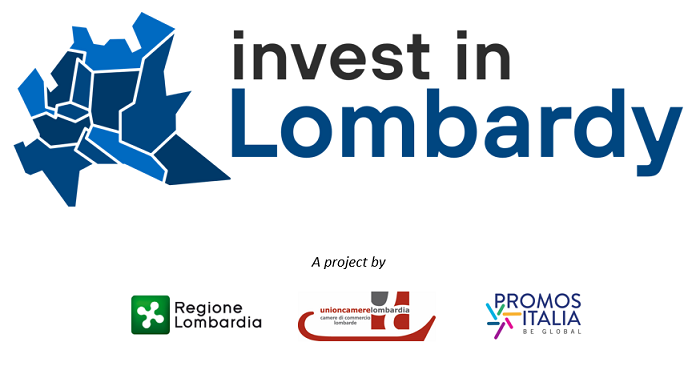New measures aimed at making Italy an attractive destination for high-net-worth individuals to live were included in the 2017 Italian Budget Law and came into effect on 1 January 2017.
The new regime is comparable to the UK’s resident-non-domiciled regime and to similar regimes adopted in other countries. In essence, it allows individuals who become Italian tax residents to opt for a flat yearly tax of € 100,000 on income from sources outside Italy, regardless of the amount of that income. The option, which is selected through the annual tax return, is available for up to 15 years and can be waived at any time during that term.
- Who can benefit from the new regime?
To qualify for the option, an individual must have been a tax resident of countries other than Italy for at least 9 of the 10 years preceding the year during which he or she becomes an Italian tax resident. If this condition is met, the option is available regardless of the taxpayer’s nationality, i.e. it is available for both non-Italian and Italian nationals.
- Scope of application of the flat tax
The flat tax, if opted for, replaces any tax to which an Italian tax resident would otherwise be subject on income from sources outside Italy. The only exception is that, during the first five years, the new resident will still be taxed on capital gains from the sale of a “qualified participation” in a company. A “qualified participation” means, in the case of a closely held company, (i) an interest with more than 20% of the voting rights in the company, or (ii) an interest of more than 25% regardless of its voting rights. In the case of a publicly-traded company, it means (i) an interest with more than 2% of the voting rights in the company, or (ii) an interest of more than 5% regardless of its voting rights.
At the time of opting for the flat tax or at any time during the 15-year term, the new tax resident can indicate that he or she does not want the option to operate with respect to income generated in one or more nominated foreign country or countries. In this case, the relevant item of income will be taxable in Italy in accordance with ordinary rules.
Income from Italian sources will be taxed in accordance with the regime ordinarily applicable to Italian tax residents.
No tax credit will be allowed against the € 100,000 annual amount for taxes paid abroad.
- Option also available for relatives at a reduced amount
An attractive feature of the new regime is that, if an individual moves to Italy together with family members who also receive income from non-Italian sources, the election for the regime can be extended to those family members; each of them will be liable for an annual flat tax of € 25,000 instead of € 100,000. The family members who can benefit from the regime include spouses, sons and daughters (including sons-in-law and daughters-inlaw), parents (including parents-in-law), and brothers and sisters. If the tax resident does not have any sons or daughters, their direct closest descendants can benefit instead.
- Other tax advantages associated with the flat tax option
Individuals who are Italian tax residents are normally required to report, in their annual tax return, financial investments and other assets held outside Italy, whether or not such investments and assets produce income (the RW reporting obligations). In addition, a tax is levied on the financial investments (IVAFE) and properties (IVIE) reported. New tax residents who choose to be taxed under the special regime will also be exempt from RW reporting obligations and, consequently, from IVAFE and IVIE. Italian tax residents are normally liable for gift tax and inheritance tax on transfers of assets by way of donation or mortis causa, regardless of whether the asset is located in Italy or abroad. New tax residents who choose to be taxed under the special regime will be exempt from gift tax and inheritance tax on transfers of assets located outside Italy.
- Procedural rules
To benefit from the flat tax, a new tax resident must request a ruling, called “interpello”, from the Italian tax authority (Agenzia delle Entrate) approving his/her election. The interpello must specifically indicate the jurisdictions where the applicant was a tax resident prior to acquiring Italian residence. The Agenzia delle Entrate will exchange information with the tax authority of those jurisdictions.
- New investor visa for non EU nationals
The new flat tax regime is accompanied by changes to Italian immigration laws designed to make it possible for individuals who are not nationals of an EU member state to avoid restrictions that usually apply to the acquisition of Italian residency, as long as they invest in Italy.
Specifically, an individual can obtain an investor visa on condition that he or she invests, and continues that investment for at least 2 years, either € 2 million in Italian Governmental bonds or € 1 million in securities issued by a company based and actually operating in Italy. The investor visa can also be obtained by making a donation of at least € 1 million to a project in sectors of public interest such as culture, education, handling of immigration and scientific research.
In addition to fulfilling the investment requirement, an applicant for an investor visa will also be required to prove that he or she has sufficient financial resources to support him or herself during the planned stay in Italy. The investor visa has an initial term of two years and, under certain conditions, it will be possible to obtain extensions of 3 years each.
Family members of the investor will be entitled to a “family connection” visa allowing residence with the investor.
Here you can find the original article
Written by GOP – Gianni, Origoni, Grippo, Cappelli & Partners


